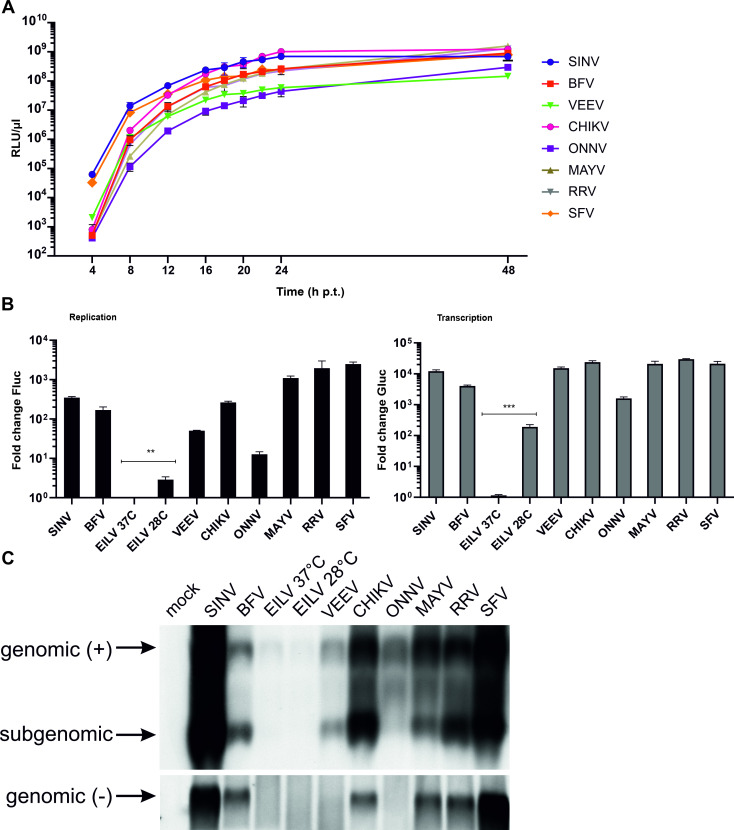Fig 2. Alphavirus replicases can replicate and transcribe their templates in human cells.
(A) HEK293T cells in 12-well plates were co-transfected with matching pairs of CMV-P1234 and HSPolI-FG plasmids. At 4, 8, 12, 16, 20, 22, 24 and 48 h p.t. growth media aliquots were collected the activity of secreted Gluc measured. Means of relative luminescence units (RLU) per 1 μl of sample + standard deviation (SD) of three independent experiments are shown. (B) HEK293T cells in 96-well plates were co-transfected with matching pairs of CMV-P1234 and HSPolI-FG plasmids and, as negative control, CMV-P1234GAA, which lacks polymerase activity, instead of CMV-P1234. Cells were incubated at 37°C and lysed 18 h post transfection (p.t.); cells transfected with plasmids containing sequences from EILV were also incubated at 28°C and lysed 48 h p.t. Fluc (marker of replication, left panel) and Gluc (marker of transcription, right panel) activities produced by active replicases were normalized to the P1234GAA controls. Value obtained for P1234GAA controls was taken as 1; activities lower than that observed for P1234GAA are also shown as 1. Means + SD of three independent experiments are shown; p<0.01**; p<0.001*** (Student's unpaired t-test). (C) HEK293T cells in 12-well plates were co-transfected and incubated as described for panel A; control cells were mock-transfected. Total RNA was extracted and analysed by northern blotting. Full-length “genomic” template RNA of positive (+) and negative (-) polarity and subgenomic RNA are indicated. Note that transcripts made by human RNA polymerase I using HSPolI-FG plasmids as templates co-migrate with replicase-generated positive-strand genomic RNA and are detected by the same probe. The experiment was repeated twice with similar results; data from one experiment is shown.

